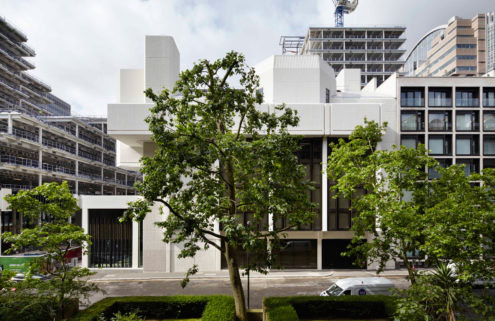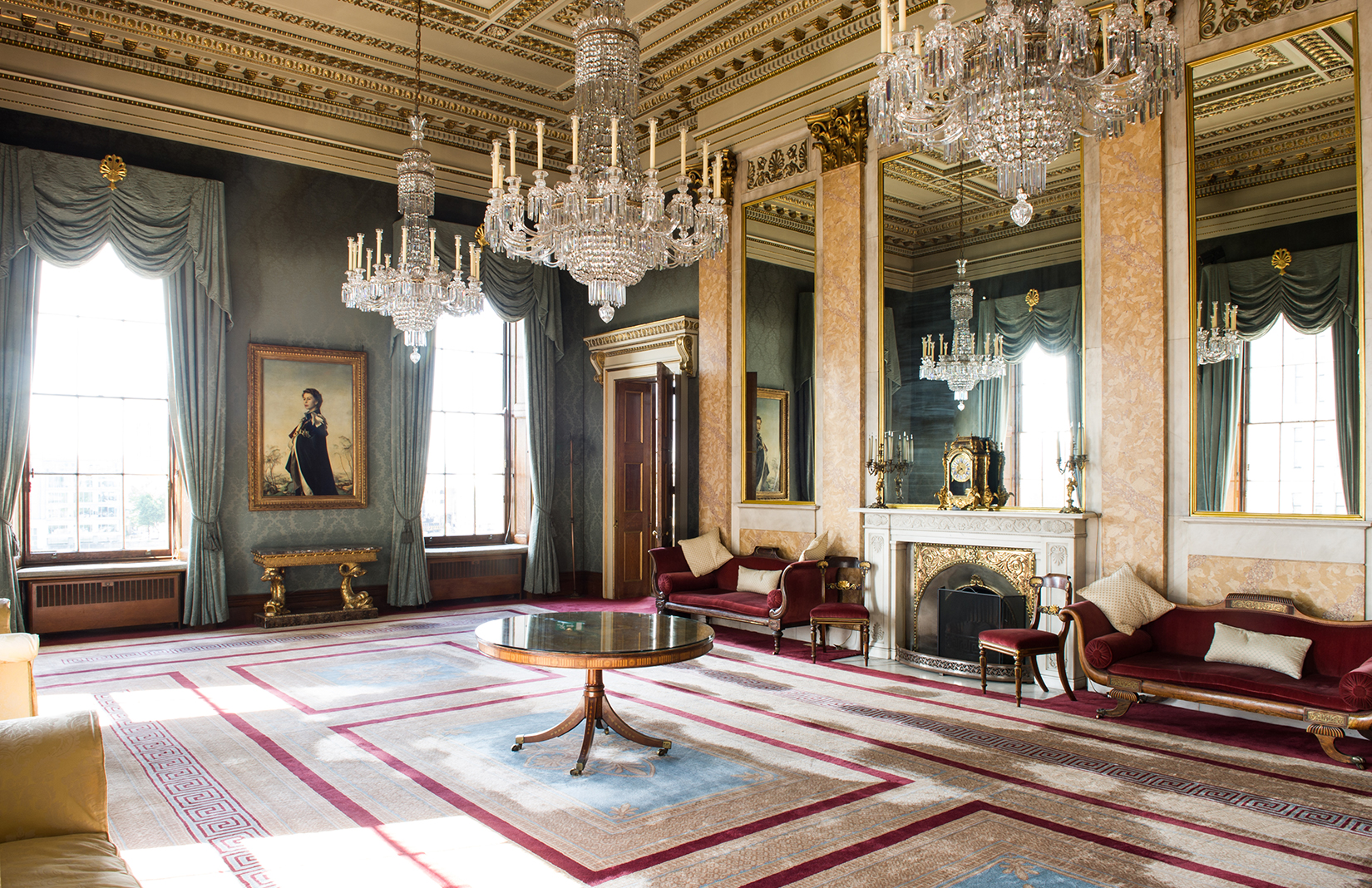
London’s Livery Halls are architectural treasures hidden among the corporate towers of the capital’s Square Mile.
Evolving out of the ancient guilds of the Middle Ages, the halls were built to administer and promote the trades of the day – from butchery to carpentry – and they still retain enviable positions in the heart of the City. Despite the ravages of the Great Fire of 1666 and the Blitz of WWII, many of these buildings remain unchanged in design, though some of the more recently built halls reflect aspects of contemporary style.
Today, the Livery Companies still manage their trade’s quality control and use their accumulated wealth and property resources to provide training, education and to support related charities. The halls – often used as venues for fashion shows and parties – contain centuries-old art and artefacts and all of them maintain a sense of pride, tradition, pomp and circumstance.
Here, we go inside some of the finest.
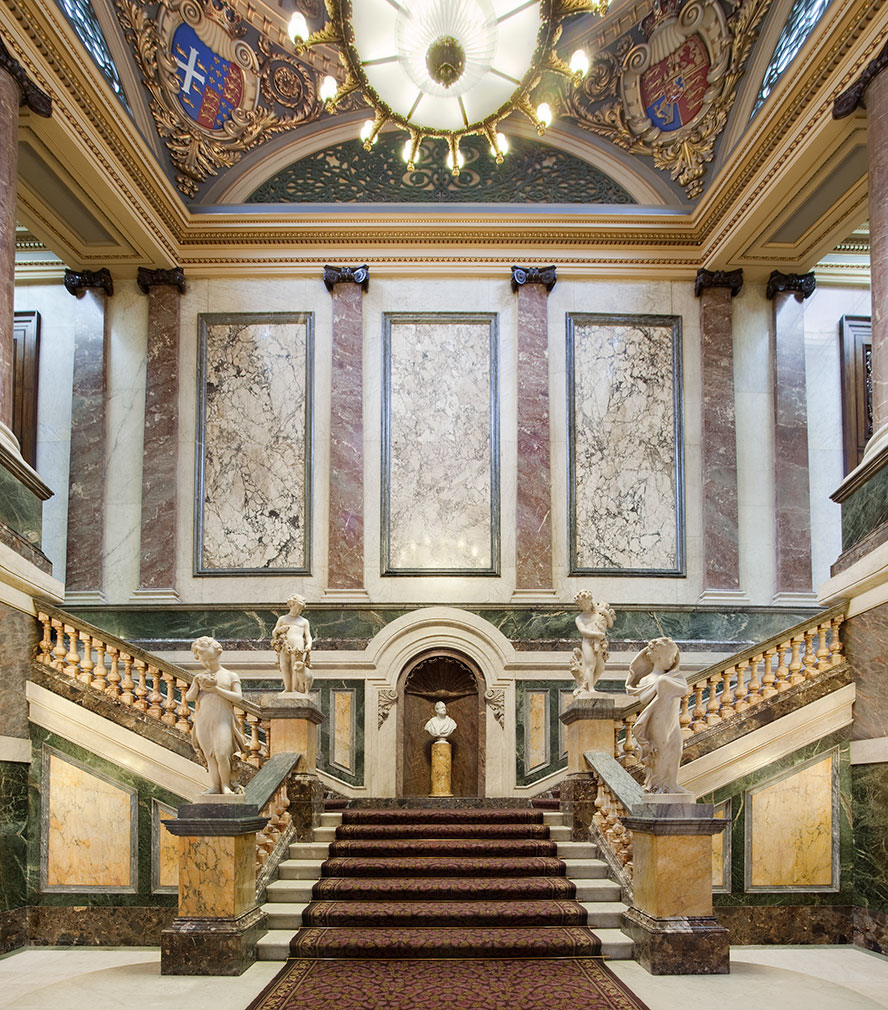
Goldsmiths’ Hall
Magnificently palatial and richly decorated with gold, marble and carved wood panelling, this building resembles an Italian Palazzo. Established to regulate the craft of the goldsmith, the Company continues to administer Hallmarks to all gold, silver and platinum pieces created in the UK.
Photography: Goldsmiths’ Company
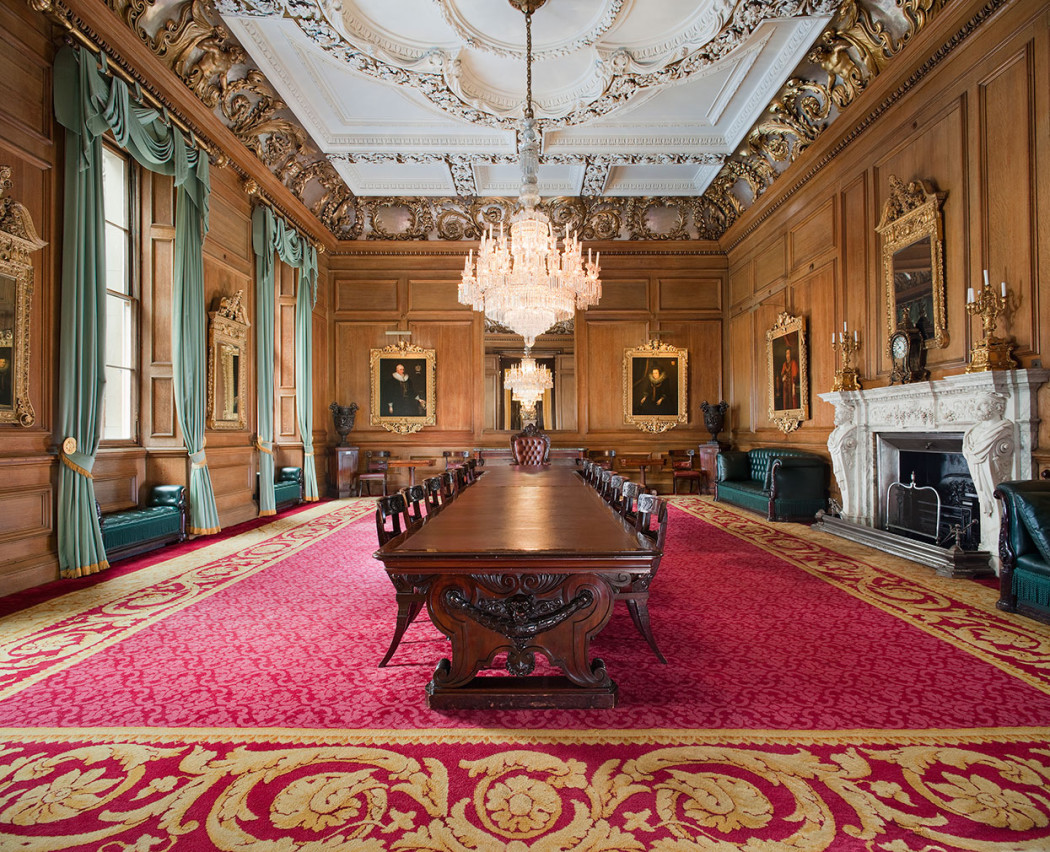
Goldsmiths’ Hall
Magnificently palatial and richly decorated with gold, marble and carved wood panelling, this building resembles an Italian Palazzo. Established to regulate the craft of the goldsmith, the Company continues to administer Hallmarks to all gold, silver and platinum pieces created in the UK.
Photography: Goldsmiths’ Company
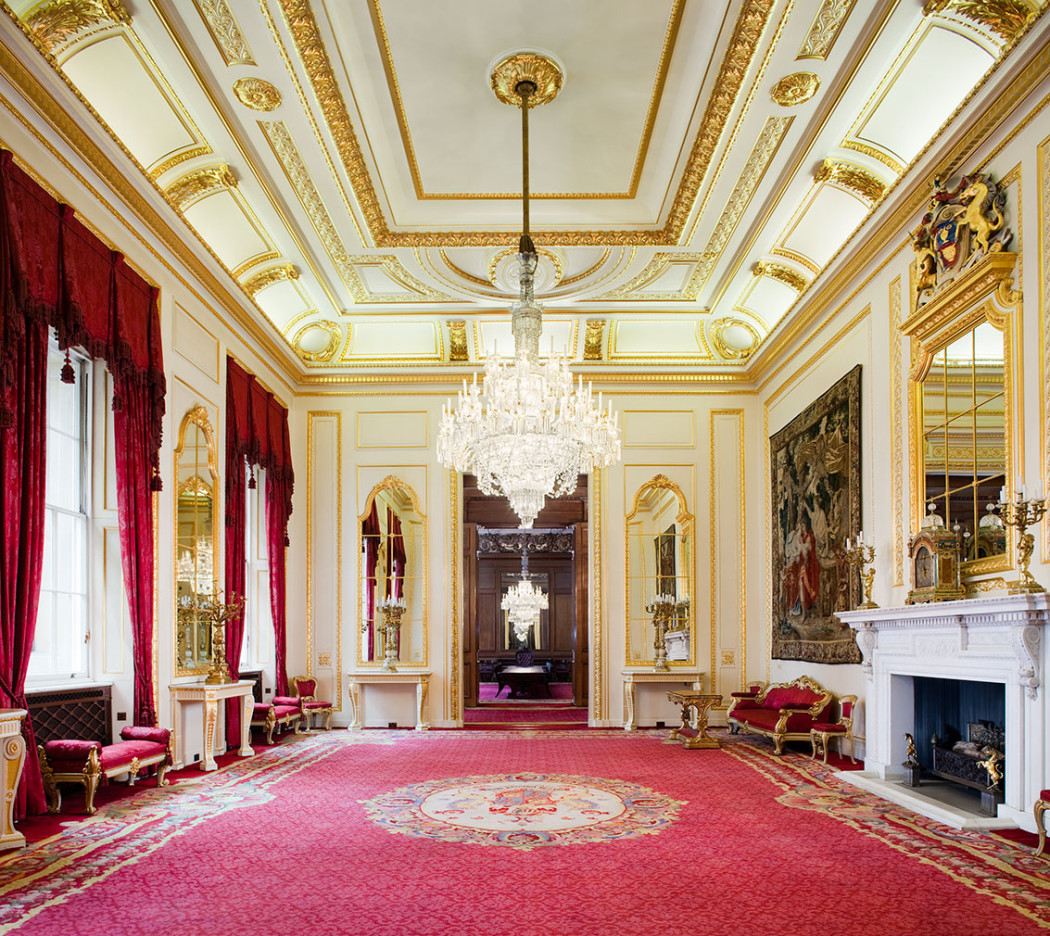
Goldsmiths’ Hall
Magnificently palatial and richly decorated with gold, marble and carved wood panelling, this building resembles an Italian Palazzo. Established to regulate the craft of the goldsmith, the Company continues to administer Hallmarks to all gold, silver and platinum pieces created in the UK.
Photography: Goldsmiths’ Company
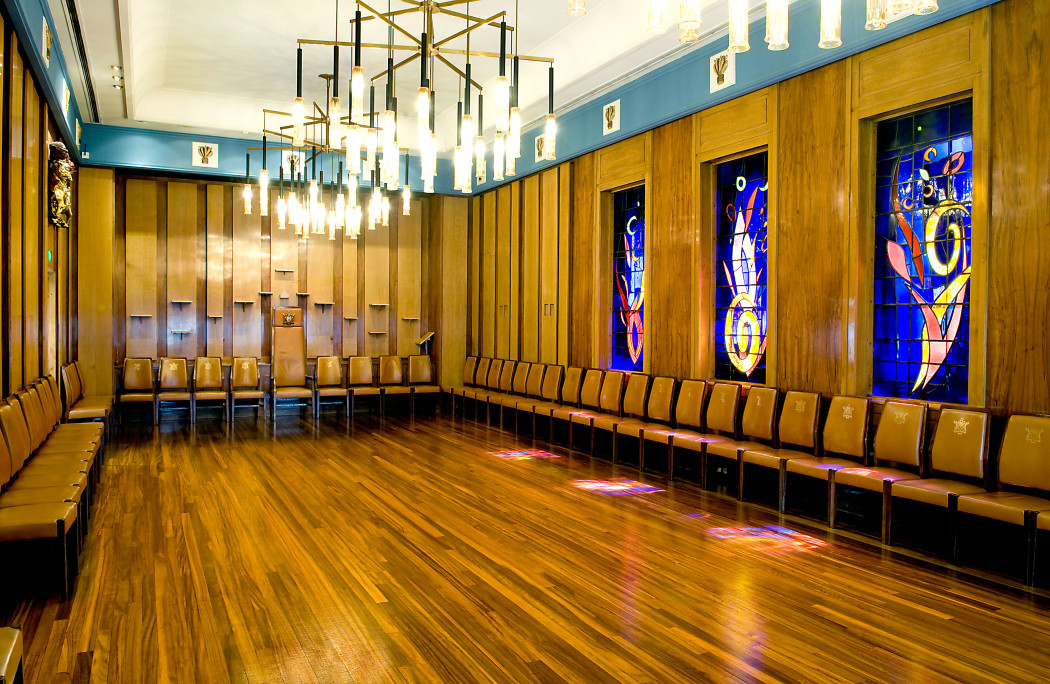
Bakers’ Livery Hall
One of the oldest Livery Companies has one of the youngest halls. In 1964, when the current building was completed, the artist John Piper was commissioned to create three stained-glass windows illustrating – in abstract form – the three fires which destroyed earlier halls.
Photography: Bakers’ Hall
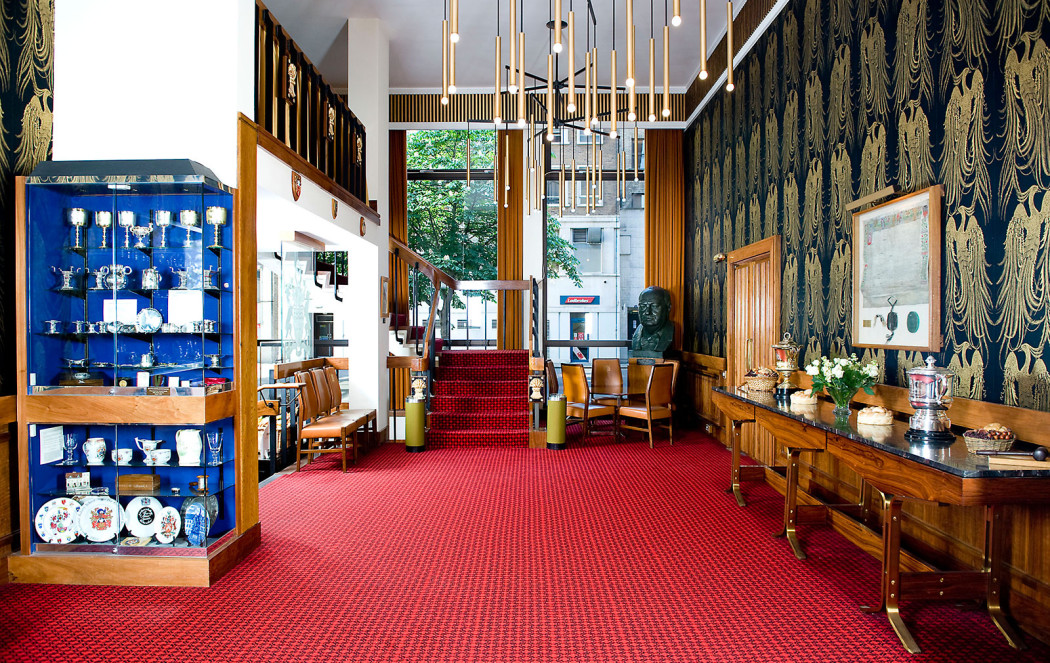
Bakers’ Livery Hall
One of the oldest Livery Companies has one of the youngest halls. In 1964, when the current building was completed, the artist John Piper was commissioned to create three stained-glass windows illustrating – in abstract form – the three fires which destroyed earlier halls.
Photography: Bakers’ Hall
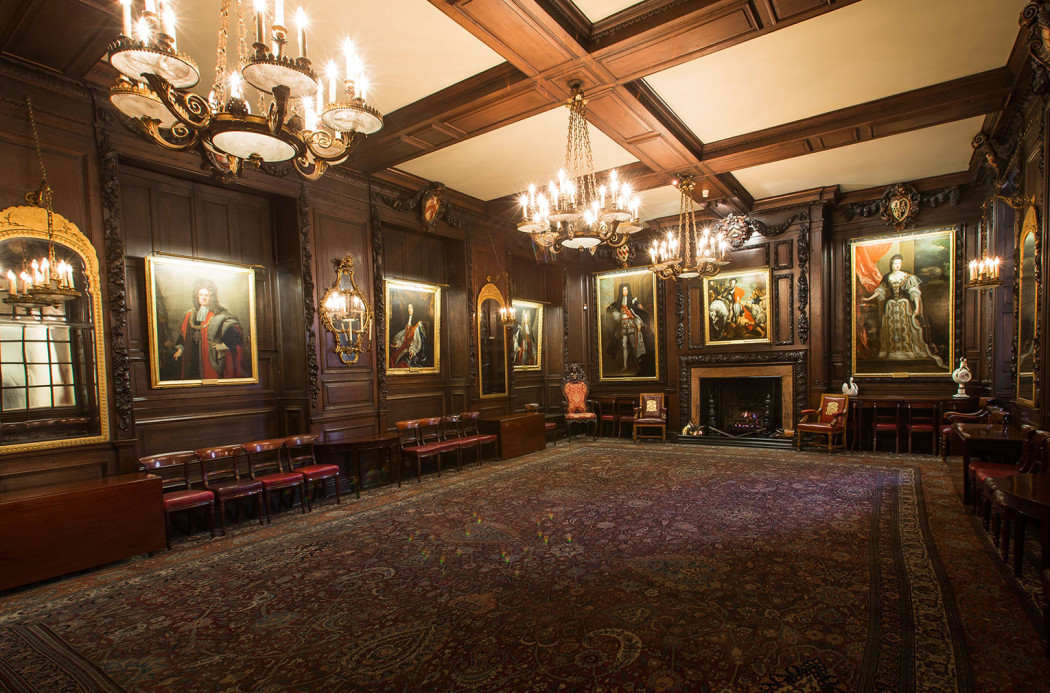
Vintners’ Hall
Established to govern the wine trade, the Hall’s Court Room is one of the oldest rooms in the City of London. Rebuilt soon after the Great Fire of 1666, the carved wall panels depict fruit and grapes.
Photography: Vintners’ Company
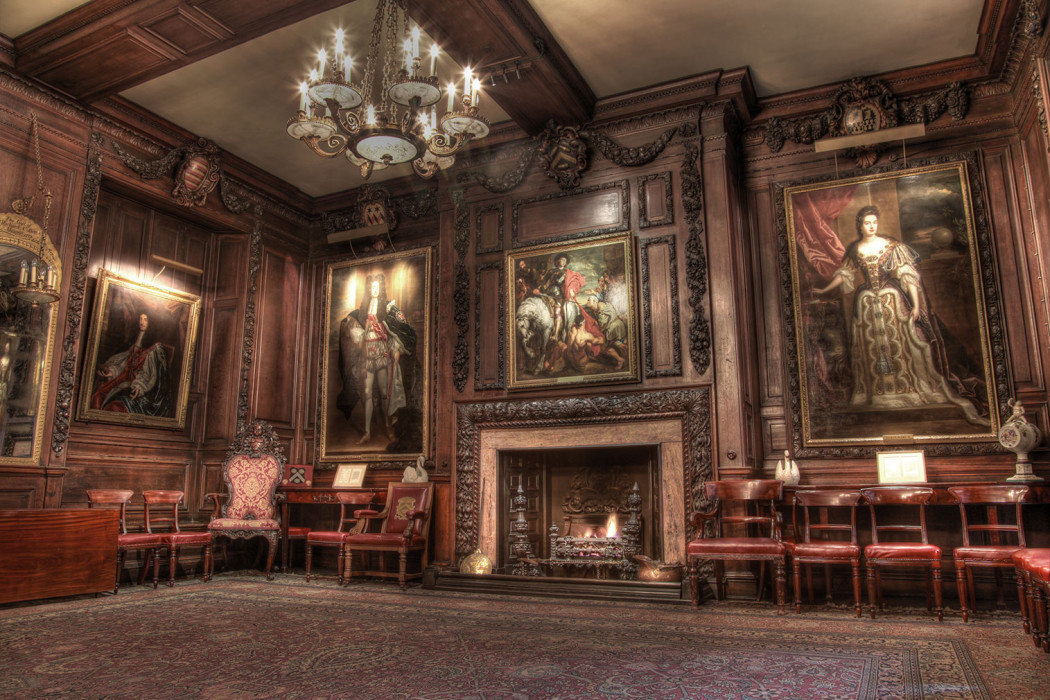
Vintners’ Hall
Established to govern the wine trade, the Hall’s Court Room is one of the oldest rooms in the City of London. Rebuilt soon after the Great Fire of 1666, the carved wall panels depict fruit and grapes.
Photography: Vintners’ Company

Vintners’ Hall
Established to govern the wine trade, the Hall’s Court Room is one of the oldest rooms in the City of London. Rebuilt soon after the Great Fire of 1666, the carved wall panels depict fruit and grapes.
Photography: Vintners’ Company
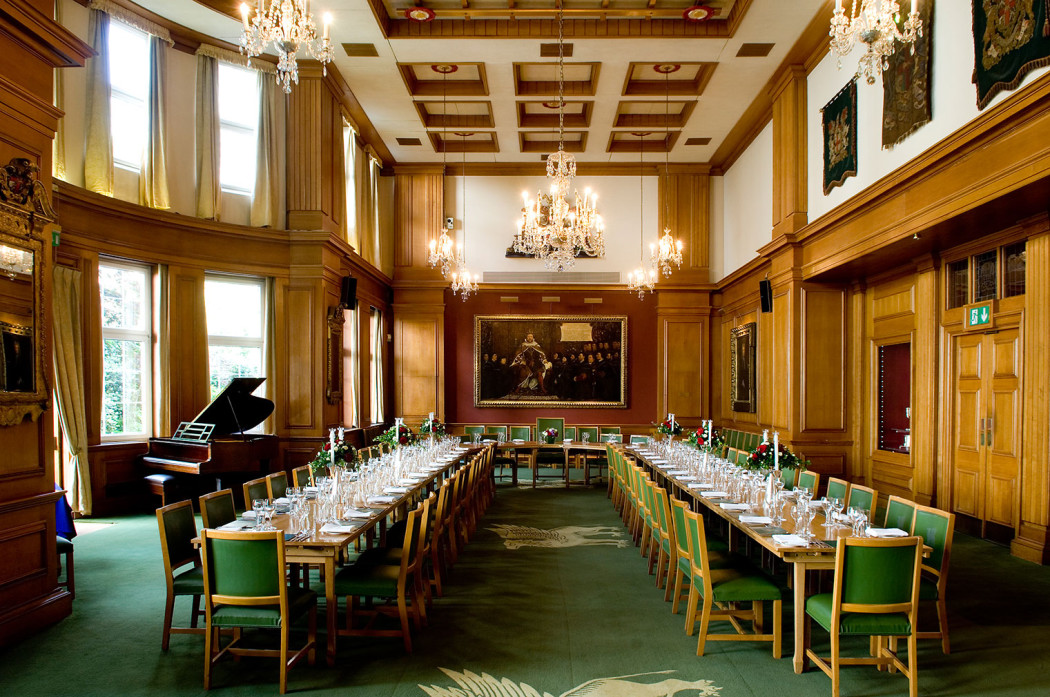
Barbers’ Livery Hall
The carvings of cutthroat razors on the ceiling of this Livery Hall neatly illustrate the origins of the Company. Historically, barber-surgeons were the early exponents of anatomy, dissection and surgery. Today’s Hall dates from 1969, built on the original site, to a classical design.
Photography: Barbers’ Company
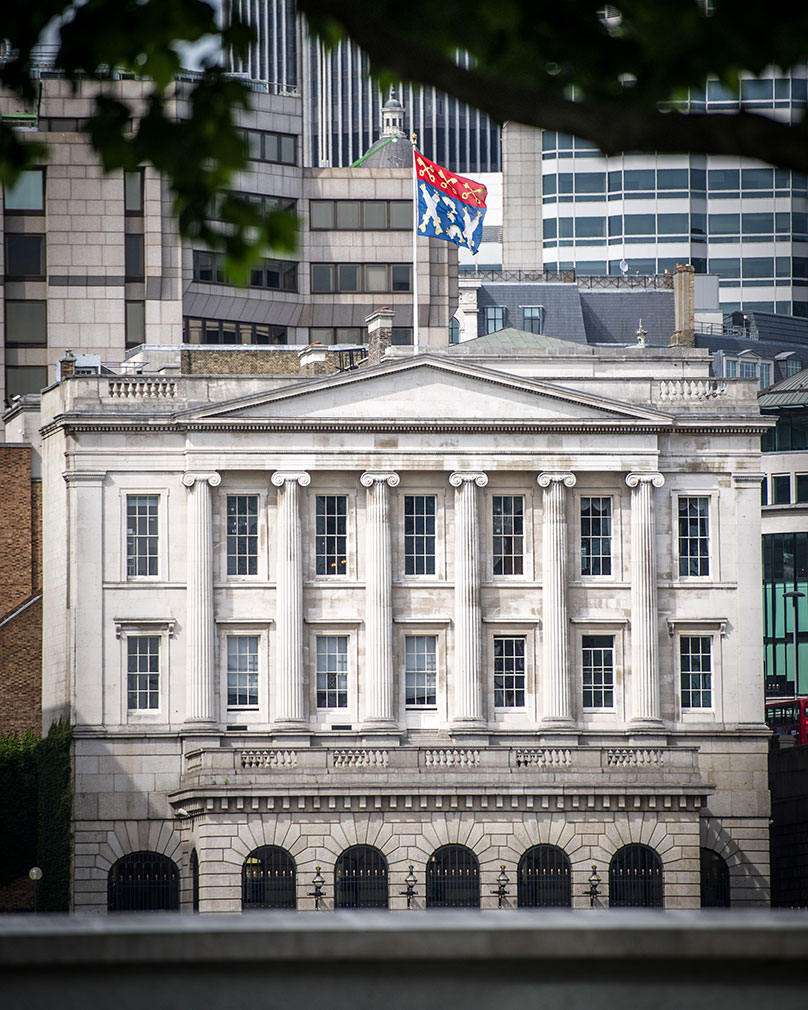
Fishmongers’ Hall
Overlooking the Thames by London Bridge, this magnificent building houses a sumptuous interior with a vast staircase, marble columns, wood panelling and carvings. Set up to control the quality and price of fish, the Company remains closely associated with Billingsgate Market.
Photography: Fishmongers’ Company
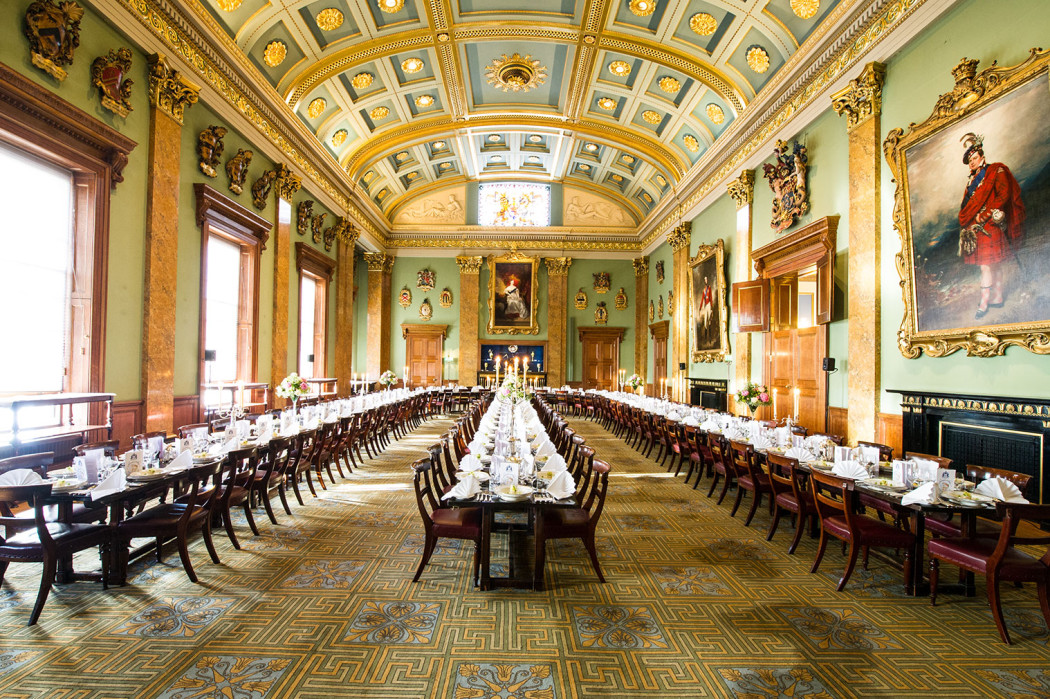
Fishmongers’ Hall
Overlooking the Thames by London Bridge, this magnificent building houses a sumptuous interior with a vast staircase, marble columns, wood panelling and carvings. Set up to control the quality and price of fish, the Company remains closely associated with Billingsgate Market.
Photography: Fishmongers’ Company
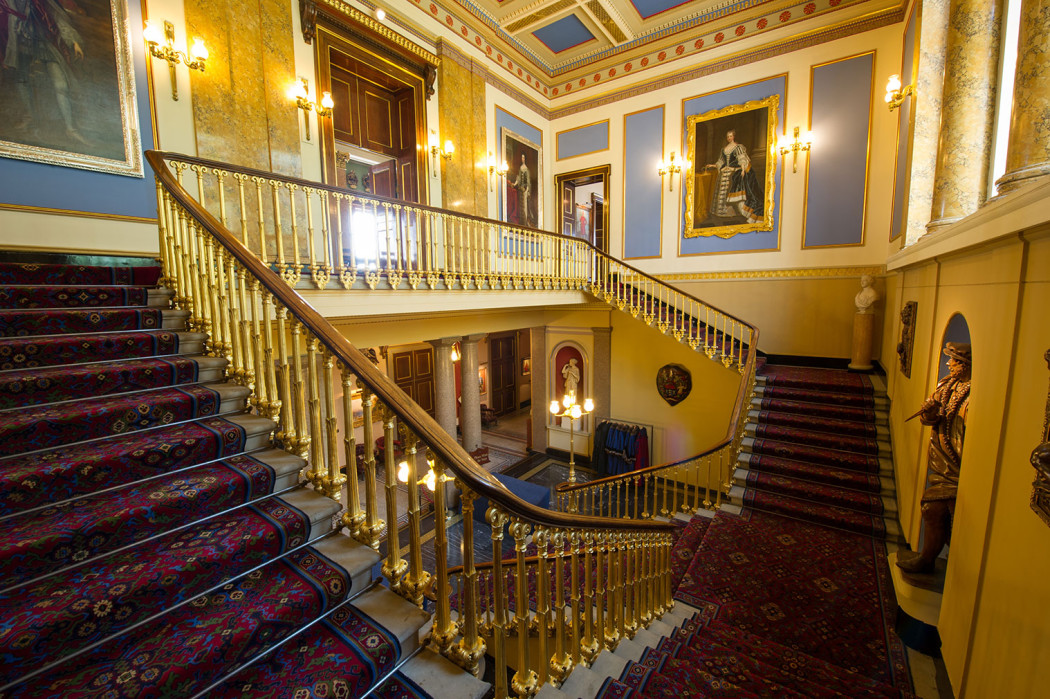
Fishmongers’ Hall
Overlooking the Thames by London Bridge, this magnificent building houses a sumptuous interior with a vast staircase, marble columns, wood panelling and carvings. Set up to control the quality and price of fish, the Company remains closely associated with Billingsgate Market.
Photography: Fishmongers’ Company
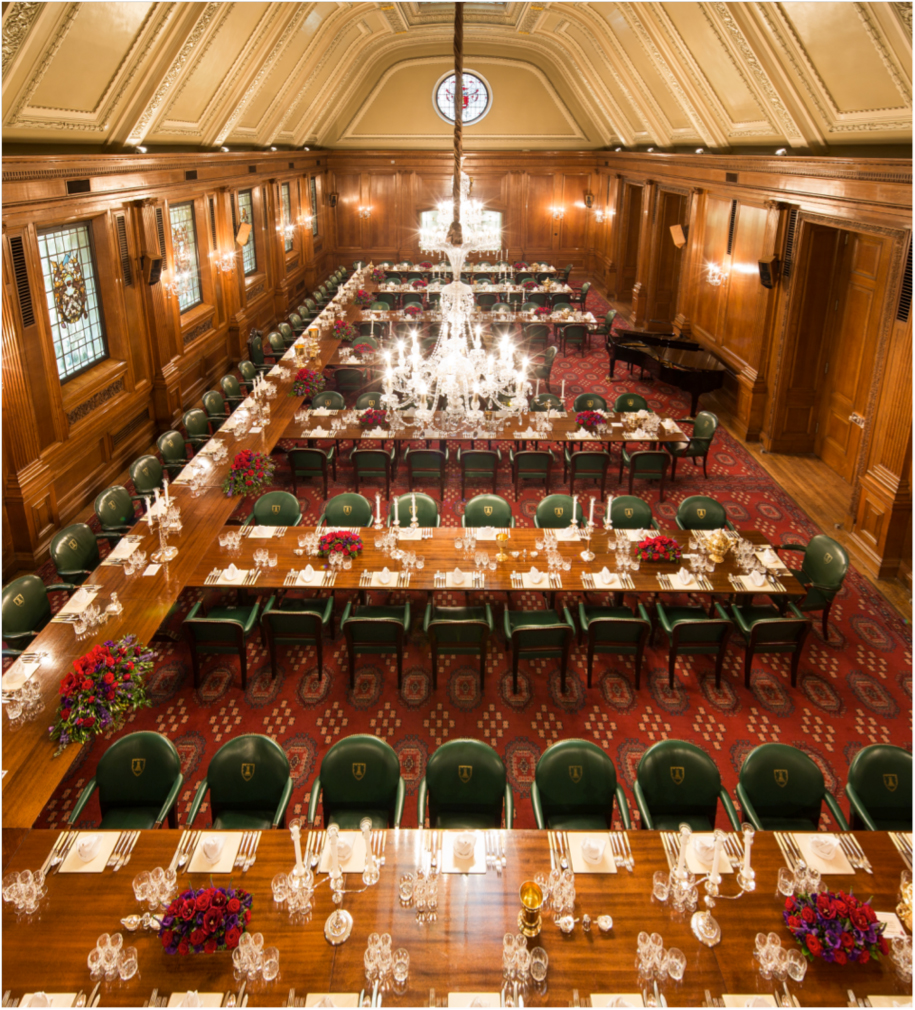
Mercers’ Hall
Mercer’s Hall is regarded as the Premier Livery Company and first of the ‘Great Twelve’. Its current building was completed in 1958. Following the original layout, unseen behind a façade of Cheapside shops, it appears more austere and businesslike than other Halls.
Photography: Louis Sinclair, The Mercers’ Company
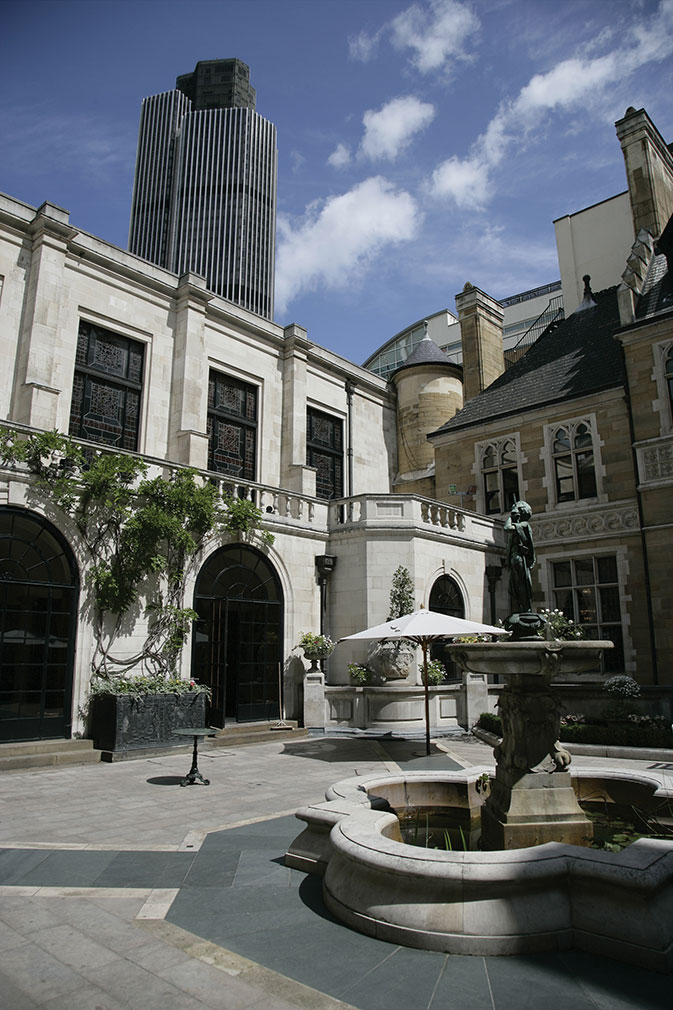
Merchant Taylors’ Hall
Set up by artisans and working tailors, the Hall was originally a 14th-century mansion, expanded over the years. Rebuilt in 1666 and 1940, the building retains a mix of periods and includes impressive cloisters and a courtyard.
Photography: Merchant Taylors’ Company

Merchant Taylors’ Hall
Set up by artisans and working tailors, the Hall was originally a 14th-century mansion, expanded over the years. Rebuilt in 1666 and 1940, the building retains a mix of periods and includes impressive cloisters and a courtyard.
Photography: Merchant Taylors’ Company
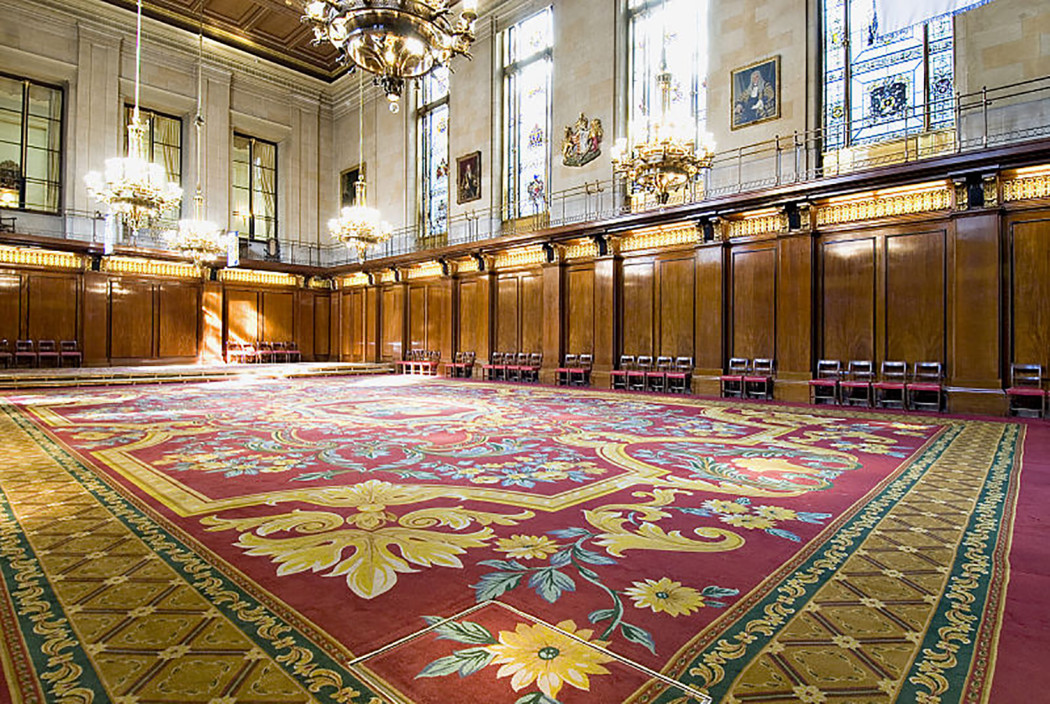
Merchant Taylors’ Hall
Set up by artisans and working tailors, the Hall was originally a 14th-century mansion, expanded over the years. Rebuilt in 1666 and 1940, the building retains a mix of periods and includes impressive cloisters and a courtyard.
Photography: Merchant Taylors’ Company
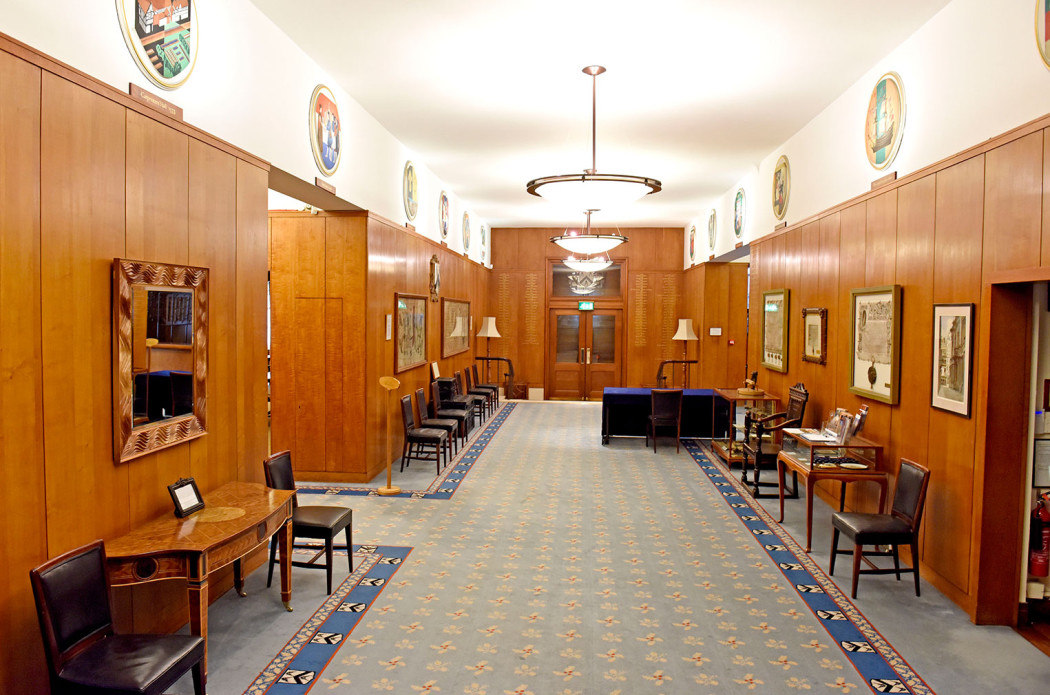
Carpenters’ Hall
Built in 1960, this is the third Hall to occupy the Livery Company’s site. Showcasing 18 varieties of wood, the interior of the hall demonstrates examples of excellence in carpentry and carving within its handsomely paneled rooms.
Photography: The Carpenters’ Company
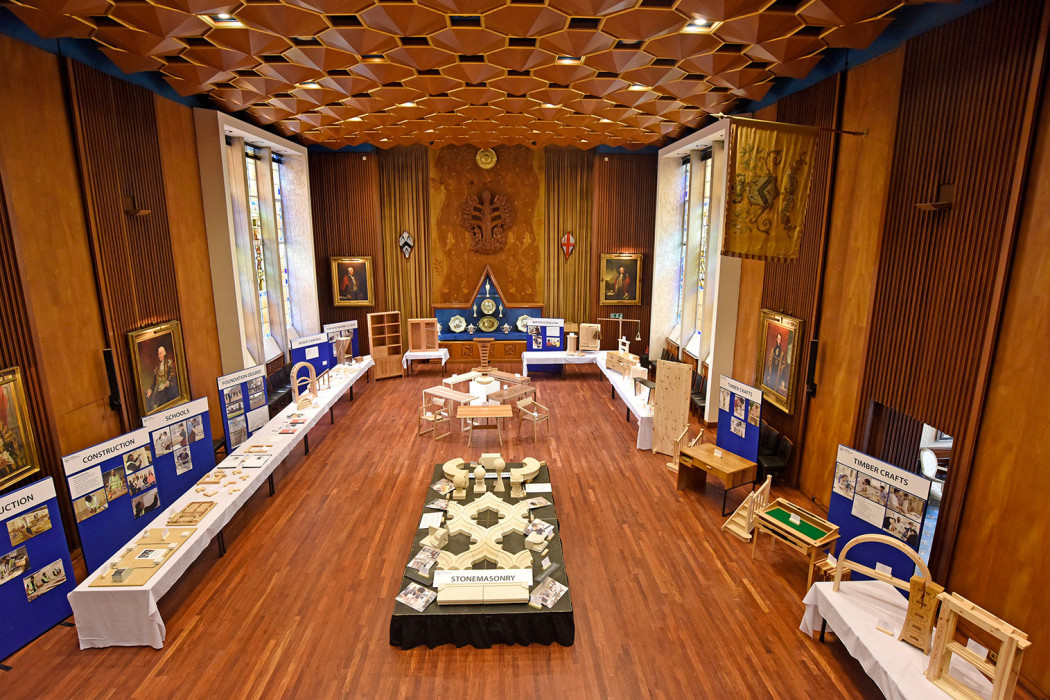
Carpenters’ Hall
Built in 1960, this is the third Hall to occupy the Livery Company’s site. Showcasing 18 varieties of wood, the interior of the hall demonstrates examples of excellence in carpentry and carving within its handsomely paneled rooms.
Photography: The Carpenters’ Company
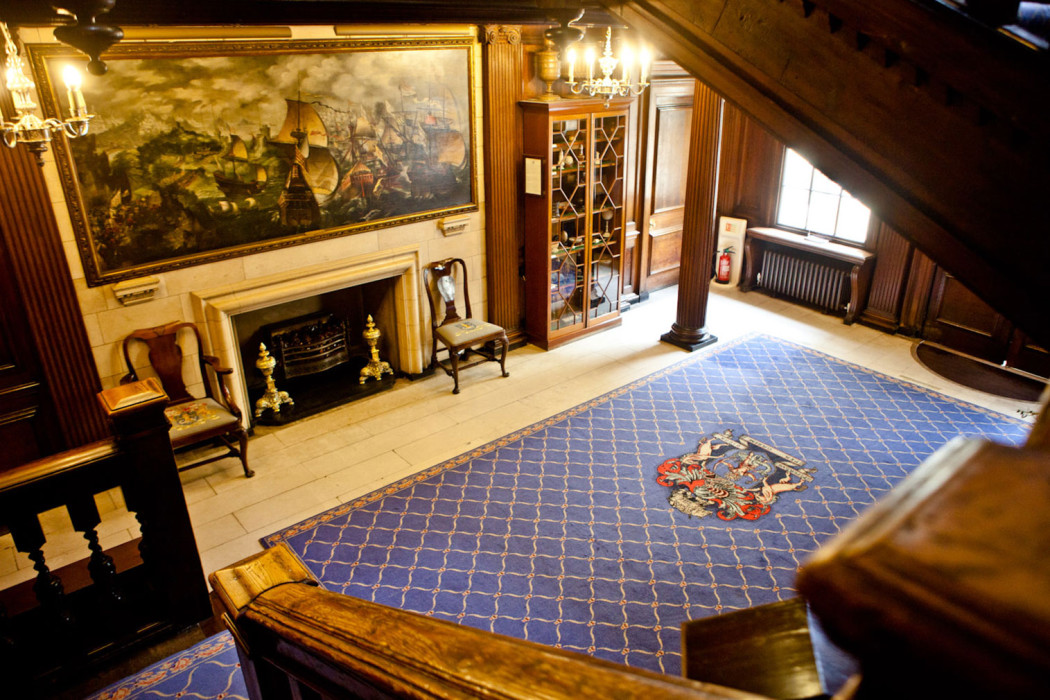
Apothecaries’ Hall
Sitting snug within the ancient, narrow alleyways of Blackfriars, this 17th-century building is filled with wood-paneled walls, brooding portraits and shelves laden with jars of herbs and tinctures. Poet John Keats studied pharmacy here.
Photography: Courtesy of The Worshipful Society of Apothecaries
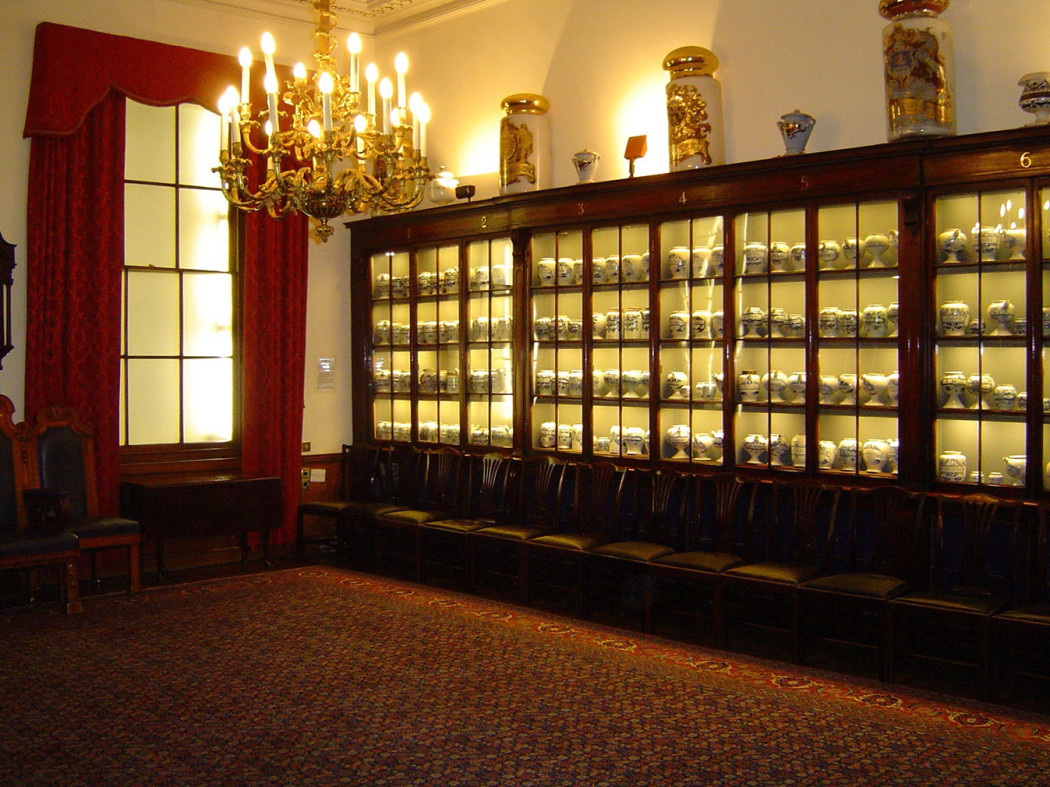
Apothecaries’ Hall
Sitting snug within the ancient, narrow alleyways of Blackfriars, this 17th-century building is filled with wood-paneled walls, brooding portraits and shelves laden with jars of herbs and tinctures. Poet John Keats studied pharmacy here.
Photography: Courtesy of The Worshipful Society of Apothecaries
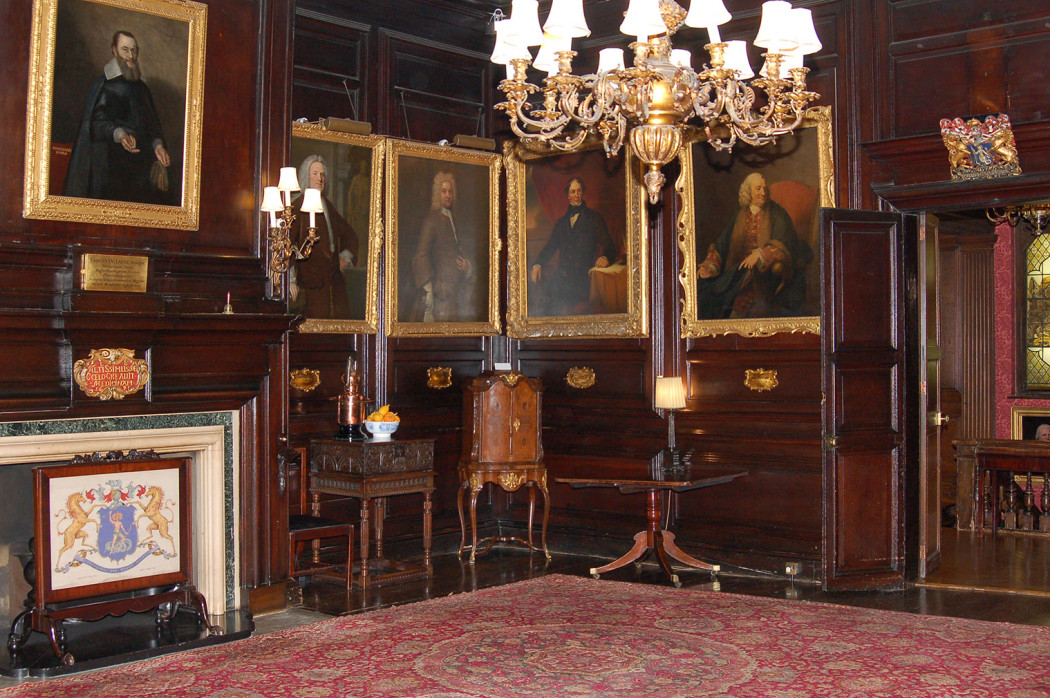
Apothecaries’ Hall
Sitting snug within the ancient, narrow alleyways of Blackfriars, this 17th-century building is filled with wood-paneled walls, brooding portraits and shelves laden with jars of herbs and tinctures. Poet John Keats studied pharmacy here.
Photography: Courtesy of The Worshipful Society of Apothecaries
